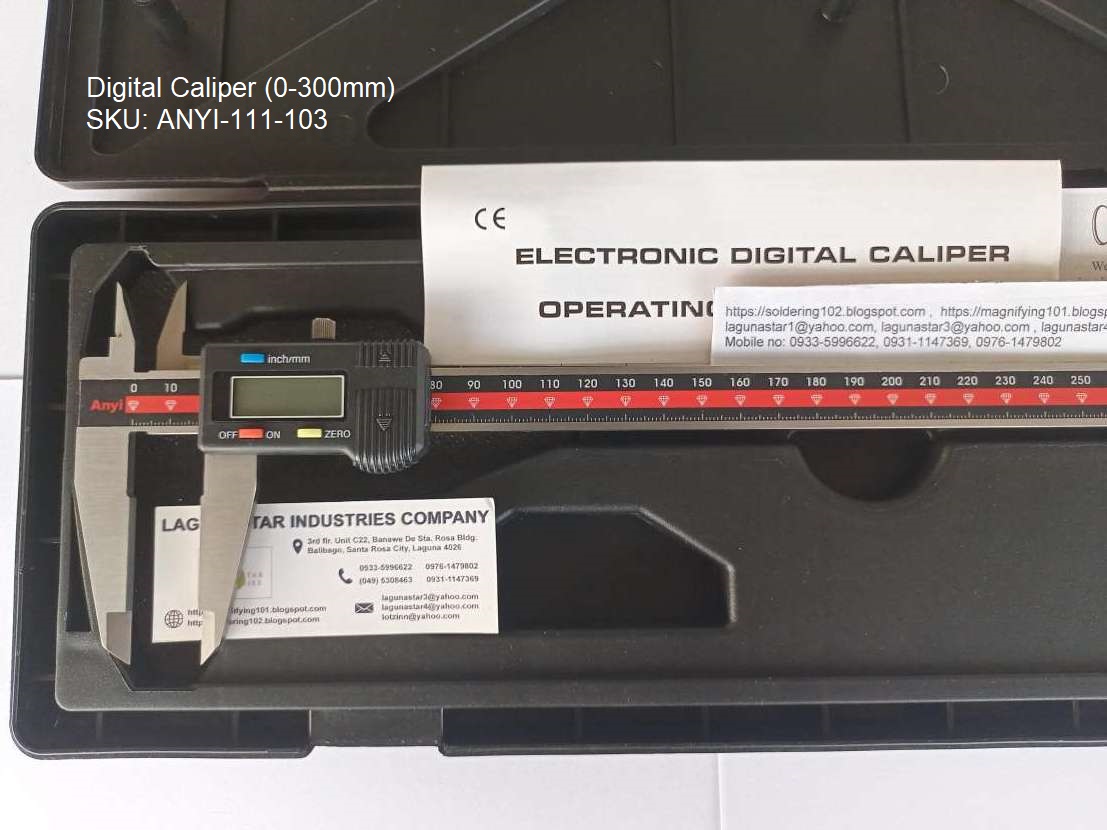The International System of Units (SI) is the modern form of the metric system and is the most widely used system of measurement. It comprises a coherent system of units of measurement built on seven base units. Here they are:
- Meter (m) for length
- Kilogram (kg) for mass
- Second (s) for time
- Ampere (A) for electric current
- Kelvin (K) for thermodynamic temperature
- Mole (mol) for amount of substance
- Candela (cd) for luminous intensity
These base units are used in combination with each other and with a set of prefix multipliers to derive other units of measurement for quantities like speed (meters per second), volume (cubic meters), and density (kilograms per cubic meter), among others.
In addition to the seven base units in the International System of Units (SI), there are also many derived units. These are formed by combining the base units according to the laws of physics. Here are some examples:
- Newton (N) for force: This is equal to one kilogram meter per second squared (kg·m/s²).
- Joule (J) for energy, work, or amount of heat: This is equal to one newton meter (N·m) or one kilogram meter squared per second squared (kg·m²/s²).
- Watt (W) for power or rate of doing work: This is equal to one joule per second (J/s) or one kilogram meter squared per second cubed (kg·m²/s³).
- Pascal (Pa) for pressure or stress: This is equal to one newton per square meter (N/m²) or one kilogram per meter per second squared (kg/m·s²).
- Hertz (Hz) for frequency: This is equal to one cycle per second (1/s or s⁻¹).
- Coulomb (C) for electric charge or quantity of electricity: This is equal to one ampere second (A·s).
- Volt (V) for electric potential or electromotive force: This is equal to one watt per ampere (W/A) or one kilogram meter squared per second cubed per ampere (kg·m²/s³·A).
- Ohm (Ω) for electric resistance: This is equal to one volt per ampere (V/A) or one kilogram meter squared per second cubed per ampere squared (kg·m²/s³·A²).
- Siemens (S) for electric conductance: This is equal to one ampere per volt (A/V) or one second cubed ampere squared per kilogram meter squared (s³·A²/kg·m²).
- Farad (F) for electric capacitance: This is equal to one coulomb per volt (C/V) or one second to the fourth power ampere squared per kilogram meter squared (s⁴·A²/kg·m²).
These are just a few examples of the many derived units in the SI system. Each of these units is used to measure a specific quantity and can be expressed in terms of the seven base units.
here are some more examples of derived units in the International System of Units (SI):
- Lumen (lm) for luminous flux: This is equal to one candela steradian (cd·sr).
- Lux (lx) for illuminance: This is equal to one lumen per square meter (lm/m²).
- Weber (Wb) for magnetic flux: This is equal to one volt second (V·s) or one kilogram meter squared per second squared per ampere (kg·m²/s²·A).
- Tesla (T) for magnetic field strength or magnetic flux density: This is equal to one weber per square meter (Wb/m²) or one kilogram per second squared per ampere (kg/s²·A).
- Henry (H) for inductance: This is equal to one weber per ampere (Wb/A) or one kilogram meter squared per second squared per ampere squared (kg·m²/s²·A²).
- Degree Celsius (°C) for temperature relative to 273.15 K.
- Becquerel (Bq) for radioactivity (decays per second): This is equal to one reciprocal second (s⁻¹).
- Gray (Gy) for absorbed dose of ionizing radiation: This is equal to one joule per kilogram (J/kg) or one square meter per second squared (m²/s²).
- Sievert (Sv) for equivalent dose of ionizing radiation: This is equal to one joule per kilogram (J/kg) or one square meter per second squared (m²/s²).
- Katal (kat) for catalytic activity: This is equal to one mole per second (mol/s).
These derived units are used in various fields of science.
ref: NIST, google, cici


































